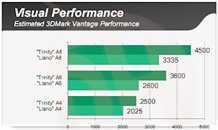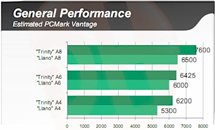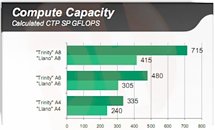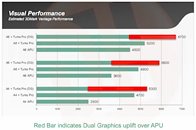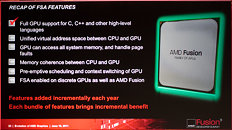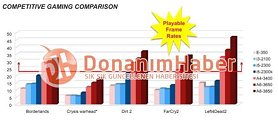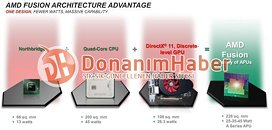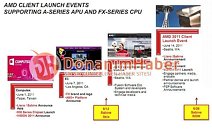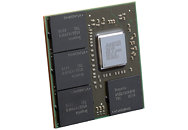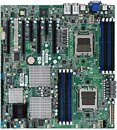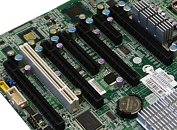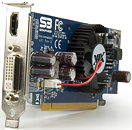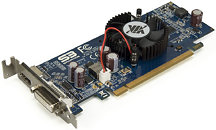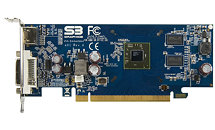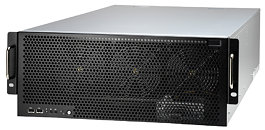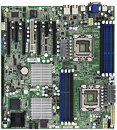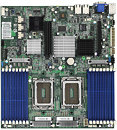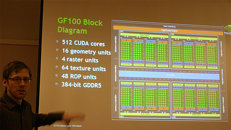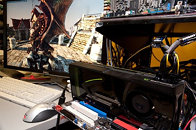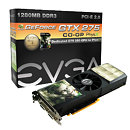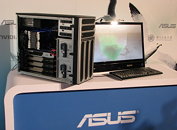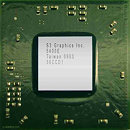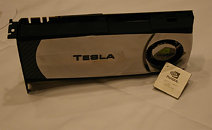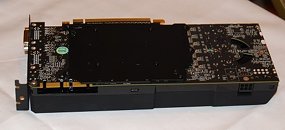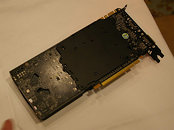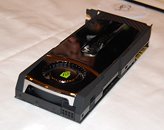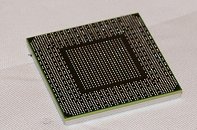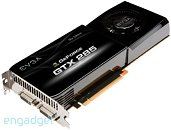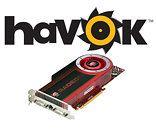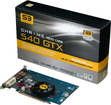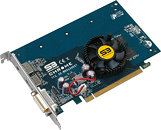PowerVR Making a Comeback to PC as Discrete GPGPU, Real-Time Ray-Tracing in 2012
Remember PowerVR GPUs which last saw light when GeForce 3 and Radeon 8500 were around? The company behind it, Imagination Technologies, is working on a discrete PCI-Express GPGPU card for workstations targeting the media industry, which provides real-time ray-tracing acceleration. After its exile from PC graphics, Imagination Technologies worked on and achieved prevalence in embedded GPUs, GPUs embedded into ARM System-on-chips (SoCs), found in smartphones and tablets. This kept its GPU IP and R&D more than afloat.
In 2011, the company acquired Caustic Graphics, a smaller and much newer startup, which was working on dedicated ray-tracing accelerators, and had come up with a working FCPGA chip. Together the company is in the final stages of preparing a product that will bring Imagination Technologies back to the PC, only this time as a GPGPU (such as NVIDIA Tesla and AMD FireStream), and not a display-GPU. The product will be backed by OpenRL Brazil 3.0 SDK. This product will launch some time in 2012.
In 2011, the company acquired Caustic Graphics, a smaller and much newer startup, which was working on dedicated ray-tracing accelerators, and had come up with a working FCPGA chip. Together the company is in the final stages of preparing a product that will bring Imagination Technologies back to the PC, only this time as a GPGPU (such as NVIDIA Tesla and AMD FireStream), and not a display-GPU. The product will be backed by OpenRL Brazil 3.0 SDK. This product will launch some time in 2012.

